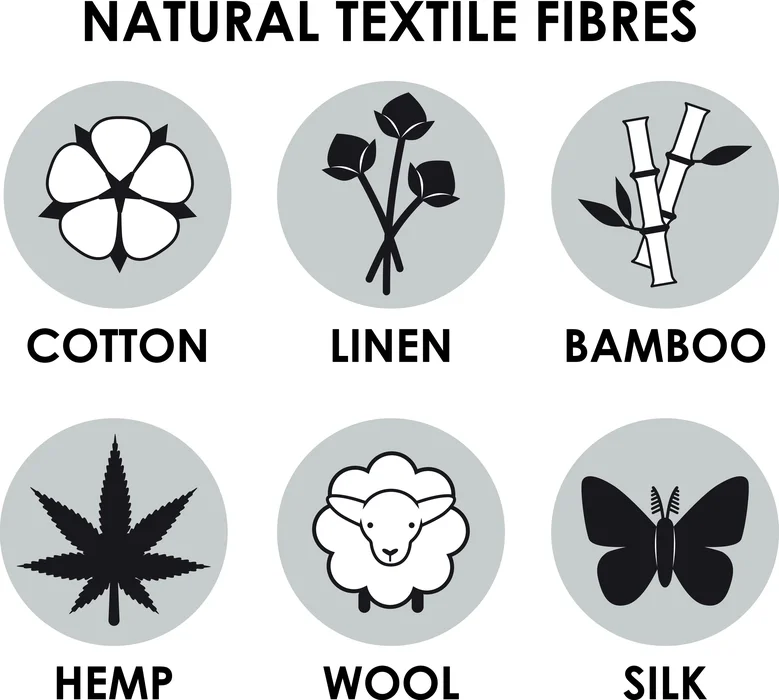Introduction
Natural fibres are fibres derived from plants and animals that have a wide range of applications in the production of composite materials. Most natural fibres are thought to be effective sweat and moisture absorbers, and different natural fibres can provide a wide range of textures.
What are Fibres?
Fibres are materials used in the production of textiles such as clothing and cables. All textiles contain natural or synthetic fibres. Natural fibres are made from natural sources such as animals and plants. Synthetic fibres are created through chemical synthesis.
Types of Fibres
1. Synthetic Fibres
Synthetic fibres, also known as man-made or artificial fibres, are manufactured through chemical synthesis and were first developed in the nineteenth century.

2. Natural Fibres
Natural fibres are derived from animals and plants, and they are frequently treated and spun into yarn before being turned into a product.

Examples of Natural Fibres
- Cotton is derived from cotton seeds and is widely used in textiles. It is extremely lightweight, making it an ideal fibre for garment fabrics, and this has increased consumer demand.
- Silk is derived from an insect and is the material used to make a cocoon.
- Jute is a stronger fibre than cotton and jute, derived from plants, and it is used to make sacks and other packing materials.
- Wool is derived from sheep and other hairy animals and is used to make fabrics due to its ability to retain heat. Wool is also a popular clothing fibre because it is preferred by people who live in cold climates.
Check out online study options are a great way to clear the science concepts you need. Study Science tuition for classes 8th Lesson 3.
Advantages of Natural Fibres
- Natural fibre clothing is significantly more pleasant to wear than synthetic clothing, especially during the summer, when people sweat more and just need clothing made of breathable materials that can soak the extra water.
- Natural fibres are excellent insulators because they can trap air between them, preventing them from escaping into the atmosphere. This air, which is captured in the fabric’s microscopic holes, provides warmth and helps keep a person’s body temperature constant even in cold weather, which is why many skiers, hikers, and other people who live in cooler environments prefer to wear silk or wool.
The disadvantages of Natural Fibres
- Natural fibres are generally more expensive than synthetic fibres due to their qualities as a wonderful insulator, being much more sustainable, and much more comfortable to wear, and because they are retrieved directly from the environment, the cost of producing them is often higher than the price of producing synthetic fibres.
- Natural fibre production is not always completely under human control, and nature is autonomous and does not work by human requirements and aspirations. Natural disasters and tragedies have a significant impact on availability, causing significant variations in supply and price.
Summary
Natural fibres can be derived from both plants and animals and are used in a wide range of composite material production processes. Wearing natural fibre clothing is more comfortable than wearing synthetic fibre clothing. Synthetic fibres, which are produced through chemical synthesis, are also referred to as artificial fibres.
Frequently Asked Questions
1. Why are natural fibres such good insulators?
Ans. Natural fibres can trap air between them, preventing them from escaping into the atmosphere. Even in extreme cold, the trapped air keeps a person warm and regulates their body temperature. Because of this, natural fibres are said to be excellent insulators.
2. Why are synthetic fibres so simple to make?
Ans. Synthetic fibres can be produced in greater quantities and at a lower cost than natural fibres, as well as faster in a factory.
3. What advantages do cotton fabrics have over synthetic fabrics?
Ans. Synthetic fibres are not suitable for hot and humid conditions because they do not absorb sweat as well as cotton garments, but cotton garments do. The cotton cloth absorbs water quickly and burns at a low temperature.